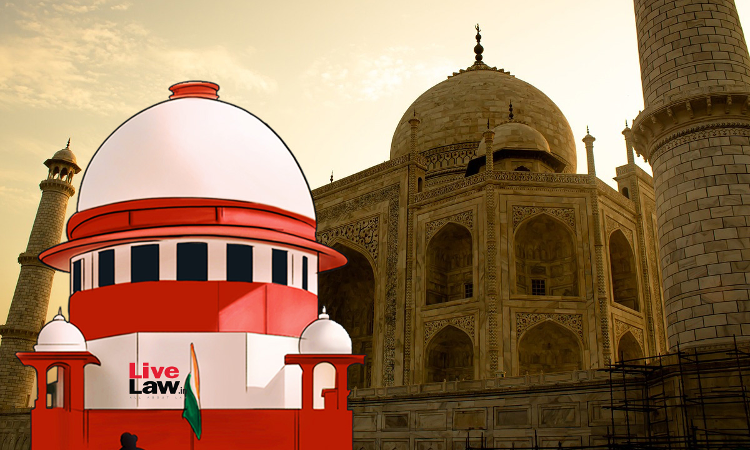Taj Trapezium | Won't Allow Trees To Be Cut So Easily: Supreme Court Asks CEC To Examine If Tree Felling Is Necessary To Build Road
Debby Jain
30 Jan 2024 3:05 PM IST

While issuing directions to Centrally Empowered Committee, the court said, "even if we are able to save 5,6,7,8,9 trees, it's a great success".
Next Story


